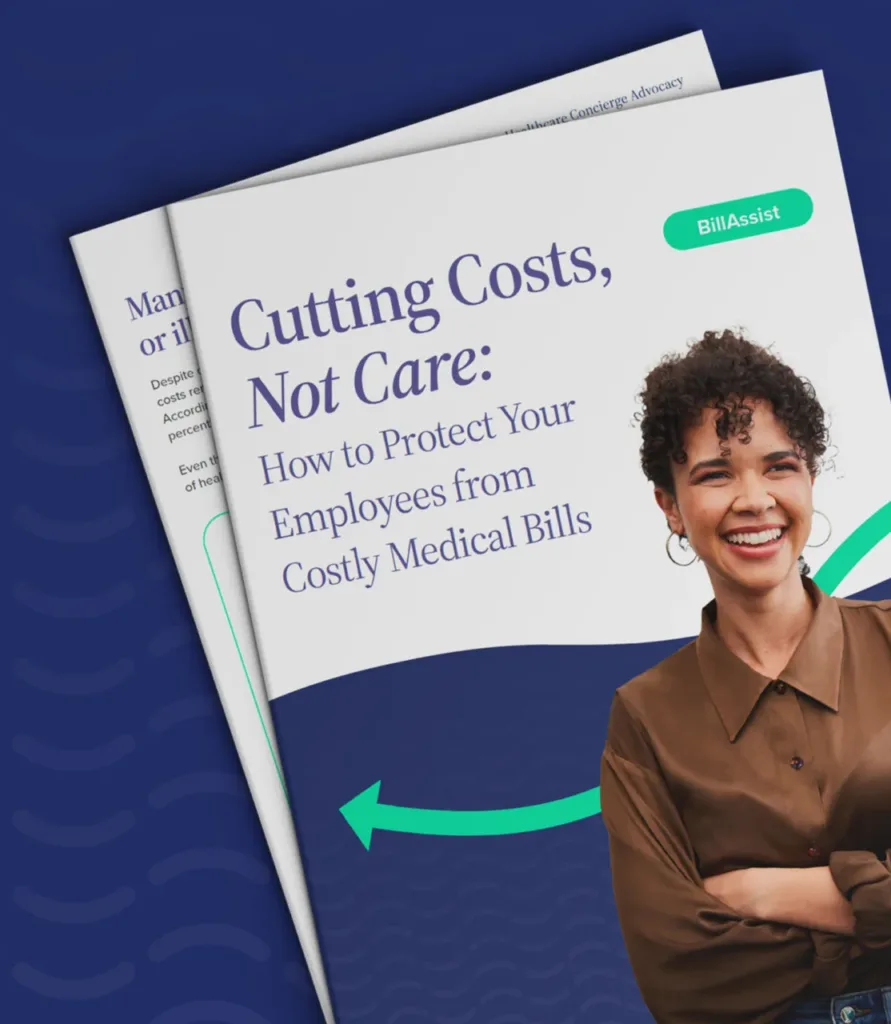By Lindsay Loomis, SVP, Emry Health
Recent federal guidance has reignited debate over how medical debt should appear on credit reports. The update from the Consumer Financial Protection Bureau could limit states’ ability to protect residents from having medical bills reflected in their credit history, potentially undoing years of progress aimed at shielding patients from long-term financial harm.
It’s a reminder of how complex and unpredictable healthcare can be. Regulations shift, but the underlying problem doesn’t: medical debt is unlike any other debt. It doesn’t come from overspending or poor financial management, but from unexpected health crises, denied claims and systemic confusion that often leave patients on the hook for costs they never should have faced.
The debt that shouldn’t exist: Healthcare debt
Nearly 100 million Americans carry some form of healthcare debt. Many owe tens of thousands of dollars, balances that often trace back to a billing error or miscommunication between providers, insurers, and patients.
We’ve worked with individuals who received bills in the five-figure range due to a single mistake: a coding error, a claim processed under the wrong plan year, or a missing authorization. These aren’t rare occurrences—they’re symptoms of a system that puts too much burden on the patient to fix problems they didn’t create.
Employers can help their people avoid medical debt
While employers can’t control federal policy, they can create systems that prevent avoidable medical debt before it starts. Offering benefits navigation or technology that makes it easier for employees to resolve issues before they escalate to collections or credit damage.
With proactive support, employees gain:
- Help reviewing bills and identifying errors early
- Guidance for working with insurers and providers to correct issues
- Access to hospital financial assistance programs when needed
This kind of support not only protect employees’ financial health—but also reduces stress, improves engagement, and strengthens the employer-employee relationship.
Financial health is part of employee well-being
As policy protections ebb and flow, one thing remains constant: people need help navigating the complexities of healthcare billing. Employers have an opportunity to lead by ensuring their teams have access to resources that can prevent small issues from turning into financial crises.
At the end of the day, protecting employees from unnecessary medical debt isn’t just about dollars and cents—it’s about showing leadership where it matters most: safeguarding your people’s well-being.





